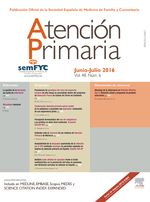Association of Plasma Phospholipid n-3 and n-6 Polyunsaturated Fatty Acids with Type 2 Diabetes: The EPIC-InterAct Case-Cohort Study
Background Whether and how n-3 and n-6 polyunsaturated fatty acids (PUFAs) are related to type 2 diabetes (T2D) is debated. Objectively measured plasma PUFAs can help to clarify these associations. Methods and Findings Plasma phospholipid PUFAs were measured by gas chromatography among 12,132 incident T2D cases and 15,919 subcohort participants in the European Prospective Investigation…












